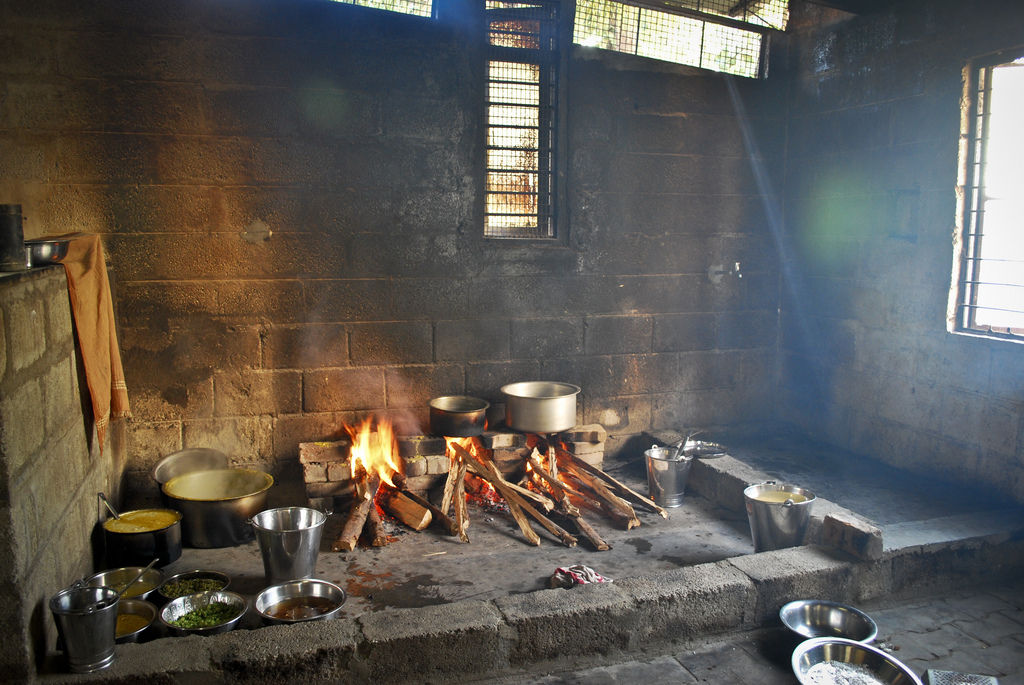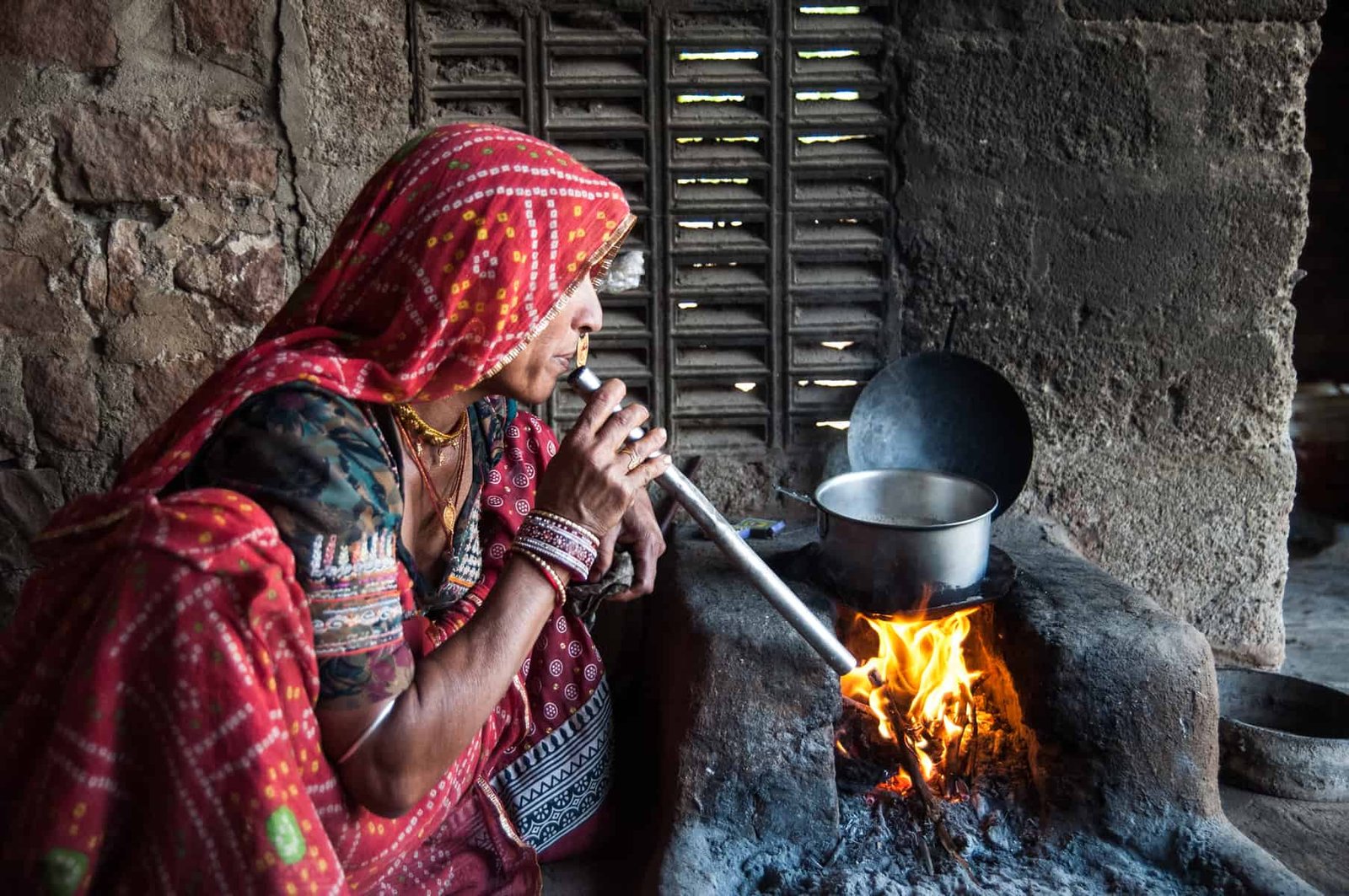To reduce indoor air pollution in developing countries, transitioning to cleaner household fuels such as electricity, LPG, or biogas can be effective. Using air purifiers can also eliminate pollutants and improve indoor air quality.
Developing countries can benefit from these strategies to combat indoor air pollution effectively. Indoor air pollution remains a pressing issue in developing countries, with the burning of solid fuels contributing significantly to poor air quality. Transitioning to cleaner energy sources like electricity, LPG, or biogas and utilizing air purifiers can help mitigate harmful pollutants indoors.
Implementing these strategies can enhance the health and well-being of individuals in developing nations by improving air quality and reducing the impact of indoor air pollution.
Understanding Indoor Air Pollution In Developing Countries
Understanding indoor air pollution in developing countries is crucial in finding effective strategies to reduce it. Transitioning to cleaner household fuels, improving ventilation, and using air purifiers are some of the ways to control indoor air pollutants and improve air quality.
| Causes of indoor air pollution: | Household air pollution from burning solid fuels for cooking, heating, and lighting. |
| Impact of indoor air pollution on health: | Exposure to indoor pollutants can lead to respiratory diseases and other health issues. |
| Strategies to reduce indoor air pollution: | Transition to cleaner household fuels like electricity or LPG, use air purifiers, and improve ventilation systems. |
| Preventing indoor air quality problems: | Test for radon, reduce asthma triggers, control moisture to prevent mold, and maintain ventilation systems. |
Strategies To Reduce Indoor Air Pollution
Transitioning to cleaner household fuels, such as electricity or biogas, is vital in reducing indoor air pollution in developing countries. Using air purifiers and proper ventilation can further improve indoor air quality significantly. Prevention methods include reducing asthma triggers and controlling moisture to tackle indoor air quality issues effectively.
| Transitioning to cleaner household fuels | This involves switching from burning biomass to clean household energy sources like electricity, LPG, ethanol, biogas, or pellets. |
| Improving ventilation | Enhance airflow in living spaces to reduce pollutants by utilizing windows, fans, or air vents for better indoor air quality. |
| Using air purifiers | Air purifiers can eliminate contaminants such as dust, pollen, mold, and pet dander, along with harmful chemicals like VOCs and carbon monoxide. |
Preventing Indoor Air Quality Problems
Reducing indoor air pollution in developing countries is crucial for the health and well-being of the population. Several strategies can be employed to prevent indoor air quality problems. Firstly, testing for radon levels is essential, as this radioactive gas can be harmful when present in high concentrations. Secondly, reducing asthma triggers, such as dust mites, pollen, and pet dander, can significantly improve indoor air quality. Prevention of mold growth is also vital, as mold spores can aggravate respiratory conditions. Creating a smoke-free environment by prohibiting smoking indoors is another effective measure. Installing carbon monoxide alarms is crucial, as this odorless gas can be deadly. Lastly, maintaining ventilation systems is essential to ensure proper air circulation and filtration. By implementing these strategies, developing countries can significantly reduce indoor air pollution and improve the health and well-being of their population.

Credit: blog.iiasa.ac.at
Expanding The Use Of Clean Fuels And Technologies
It is essential to expand the use of clean fuels and technologies to reduce indoor air pollution in developing countries. This includes the adoption of solar power, electricity, biogas, liquefied petroleum gas (LPG), natural gas, and biomass stoves meeting emission targets as outlined in the WHO Guidelines. By transitioning to cleaner household fuels and replacing traditional biomass burning with cleaner household energy sources, such as electricity and LPG, significant reductions in indoor air pollution can be achieved. Additionally, the implementation of biogas and natural gas technologies can further contribute to improving indoor air quality.
Addressing Air Pollution In Developing Countries
Reducing emissions from industrial smokestacks is crucial in addressing air pollution. Investing in renewable energy sources can offer cleaner alternatives and decrease pollution. Prioritizing clean transportation methods, such as electric vehicles, can significantly reduce air pollution. Furthermore, improving waste management practices is essential to minimize pollution from landfills and incineration. Overall, these efforts can contribute to the reduction of indoor air pollution in developing countries.

Credit: www.semanticscholar.org

Credit: www.semanticscholar.org
Frequently Asked Questions On How To Reduce Indoor Air Pollution In Developing Countries?
What Strategies Can Be Used To Reduce Indoor Air Pollution?
Three strategies to reduce indoor air pollution: Source control, improved ventilation, and air purifiers offer effective solutions.
How Can Developing Countries Reduce Air Pollution?
Developing countries can reduce air pollution by transitioning to cleaner household fuels such as electricity, LPG, ethanol, and biogas. They can also use air purifiers to eliminate indoor air pollutants and reduce asthma triggers. Expanding the use of clean fuels and technologies like solar and natural gas is crucial.
Additionally, investing in renewable energy sources and reducing emissions from industrial smokestacks can help fight air pollution.
How Can We Control Indoor Air Pollutants?
To control indoor air pollutants, use air purifiers to eliminate dust, mold spores, and other harmful chemicals. Improve ventilation, reduce asthma triggers, and prevent mold by controlling moisture. Expand the use of clean fuels and technologies to reduce household air pollution and protect health.
How Can We Prevent Indoor Air Quality Problems?
To prevent indoor air quality problems, use air purifiers, test for radon, reduce asthma triggers, prevent mold, and maintain ventilation systems. Expand the use of clean fuels and technologies, and keep your home and car smoke-free. These strategies can help reduce indoor air pollution and improve indoor air quality.
Conclusion
To effectively reduce indoor air pollution in developing countries, it is crucial to focus on implementing three main strategies: source control, improved ventilation, and the use of air cleaners. By transitioning to cleaner household fuels and investing in renewable energy sources, developing countries can significantly reduce emissions and improve air quality.
It is essential to expand the use of clean fuels and technologies such as solar, electricity, and liquefied petroleum gas (LPG) to protect the health of individuals and the environment. Through these measures, developing countries can combat indoor air pollution and create healthier living conditions for their populations.
Rakib Sarwar is a Registered Pharmacist and a reputed health and wellness blogger. He has a great interest in Air purifiers.
